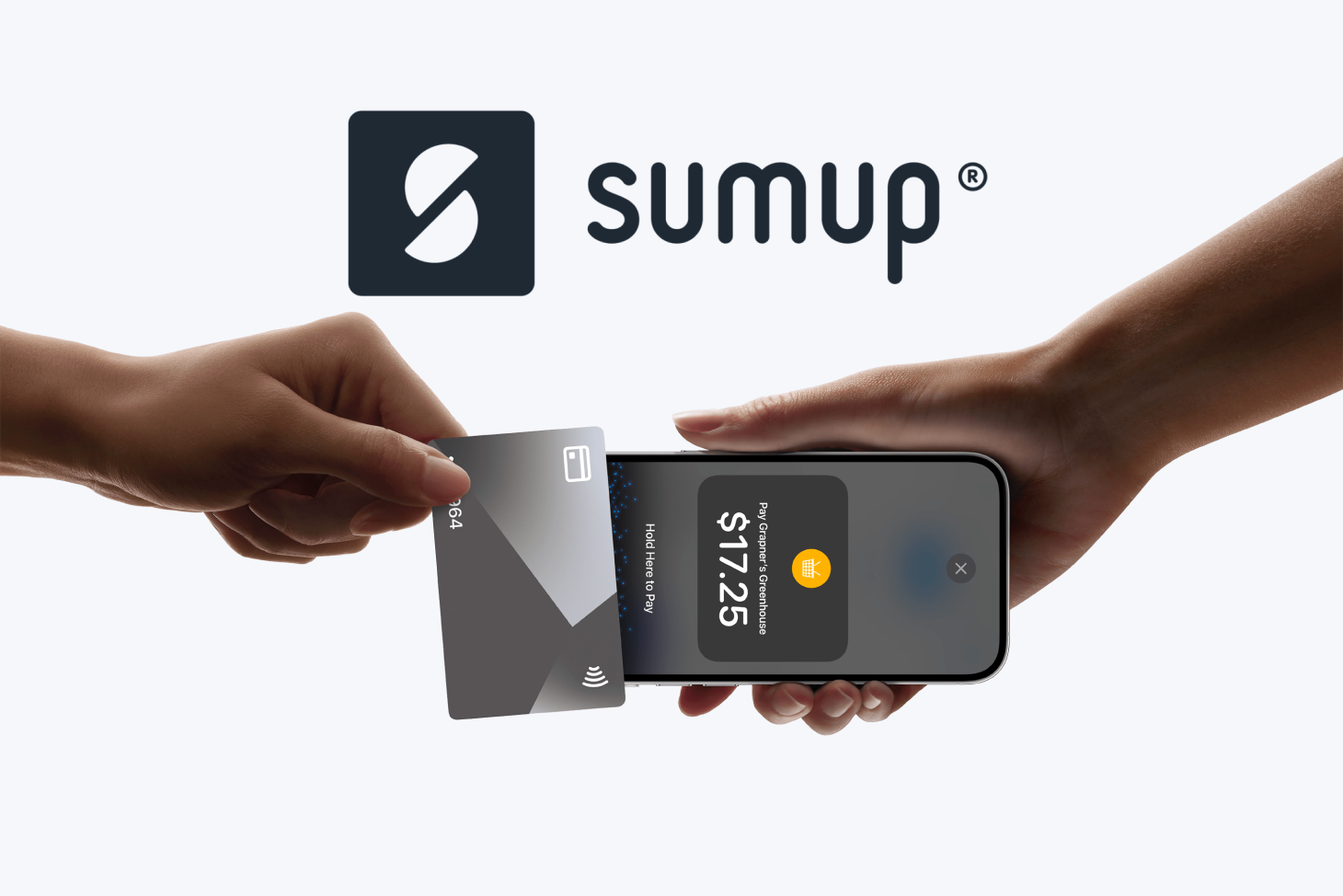In the digital-first economy, enabling small businesses to accept card payments quickly, securely, and affordably is a major driver of financial inclusion and entrepreneurship. SumUp, a London-based fintech company, has positioned itself as a global leader in mobile point-of-sale (mPOS) technology. Founded in 2012, the company serves over 4 million merchants across more than 35 countries.
Key Product Offerings
SumUp provides an integrated suite of hardware and software solutions tailored for small businesses, freelancers, and micro-entrepreneurs:
1. Card Readers
- SumUp Air: A compact and affordable Bluetooth card reader.
- SumUp Solo: An all-in-one device with a touchscreen, built-in SIM card, and Wi-Fi.
- SumUp 3G & Printer Bundle: Allows instant printing of receipts with mobile data connectivity.
2. Point-of-Sale (POS) Systems
- Cloud-based POS software with inventory, staff, and transaction management.
- Integrates seamlessly with SumUp hardware and third-party applications.
3. Online Payments
- Payment Links & QR Codes: Accept payments without a website.
- Online Store Builder: For quick and easy digital store creation.
- Invoices & Recurring Payments: Simplifies billing for service providers.
4. Banking & Business Tools
- SumUp Business Account: Offers an IBAN account with instant access to payments.
- Prepaid Mastercard: Helps manage business expenses.
- SumUp Cash Advance: Revenue-based micro-financing for eligible merchants.
Case Study: Empowering a Local Bakery in Berlin
Business: KuchenKraft, a family-run bakery in Berlin.
Challenge: Limited cash-only sales, impacting tourist customer flow.
Solution: Implemented SumUp Solo and Online Store for pre-orders.
Results:
- 45% increase in customer transactions within 3 months.
- Reduced queues with advance orders via payment links.
- Successfully accessed a SumUp Cash Advance to expand catering services.
Funding History
SumUp has seen a series of successful funding rounds since its inception:
| Year | Funding Round | Amount Raised | Investors |
|---|---|---|---|
| 2012 | Seed | €10M | Shortcut Ventures, b-to-v |
| 2016 | Series D | €10M | BBVA Ventures |
| 2017 | Debt Facility | €100M | Victory Park Capital |
| 2021 | Equity + Debt | €750M | Goldman Sachs, Bain Capital Credit |
| 2022 | Valuation Round | €590M | Fidelity, BlackRock (valuation: €8B) |
Business Model
SumUp operates on a B2B fintech model primarily targeting micro and small businesses.
Key Components:
- Direct Sales of Devices: Generates revenue from hardware.
- Transaction Fees: Takes a percentage cut per card or digital payment processed.
- Subscription Services: Advanced POS software and invoicing tools with monthly fees.
- Banking-as-a-Service (BaaS): Offers prepaid cards and business accounts.
- Lending: Revenue-based micro-loans based on transaction history.
Revenue Model
| Stream | Description |
|---|---|
| Hardware Sales | Revenue from card reader devices. |
| Payment Processing | 1.69% – 2.75% fee per transaction. |
| SaaS Subscriptions | Monthly fee for POS, invoicing tools. |
| Financial Services | Cash advance interest & prepaid card fees. |
| Affiliate & Partnerships | Through integrations with third-party services. |
SWOT Analysis
Strengths
- Global presence in over 35 countries.
- Simple, user-friendly product ecosystem.
- Strong brand credibility among SMBs.
- Fully integrated payment and banking solutions.
Weaknesses
- Relatively higher transaction fees than some competitors.
- Heavy reliance on small merchants who may churn quickly.
- Limited customization options in POS compared to enterprise-level systems.
Opportunities
- Expansion into emerging markets in Asia and Africa.
- Introduction of AI for fraud detection and business insights.
- Strategic partnerships with e-commerce and delivery platforms.
Threats
- Fierce competition from Square, Zettle (PayPal), and Stripe.
- Regulatory changes in digital payments and banking.
- Technological risks, including data breaches and cyber threats.
Conclusion
SumUp has successfully created a robust ecosystem tailored for small and medium-sized businesses, particularly those previously underserved by traditional financial institutions. By offering affordable, mobile-first payment tools and expanding into digital banking and lending, the company has built a loyal customer base and a strong revenue model.
Its future growth will depend on how well it navigates evolving regulatory landscapes, adapts to new technology, and expands its product suite to meet the dynamic needs of global merchants.












